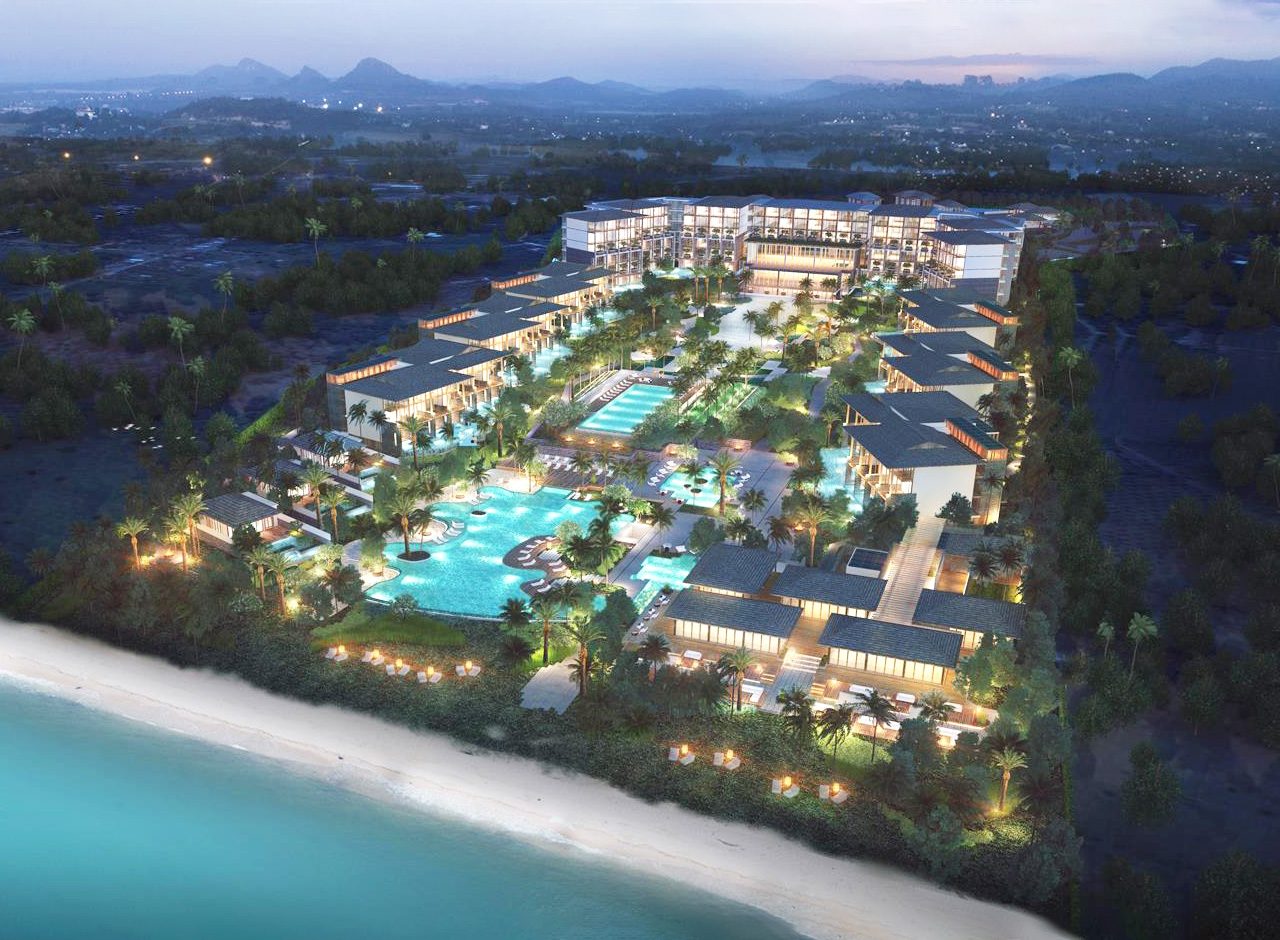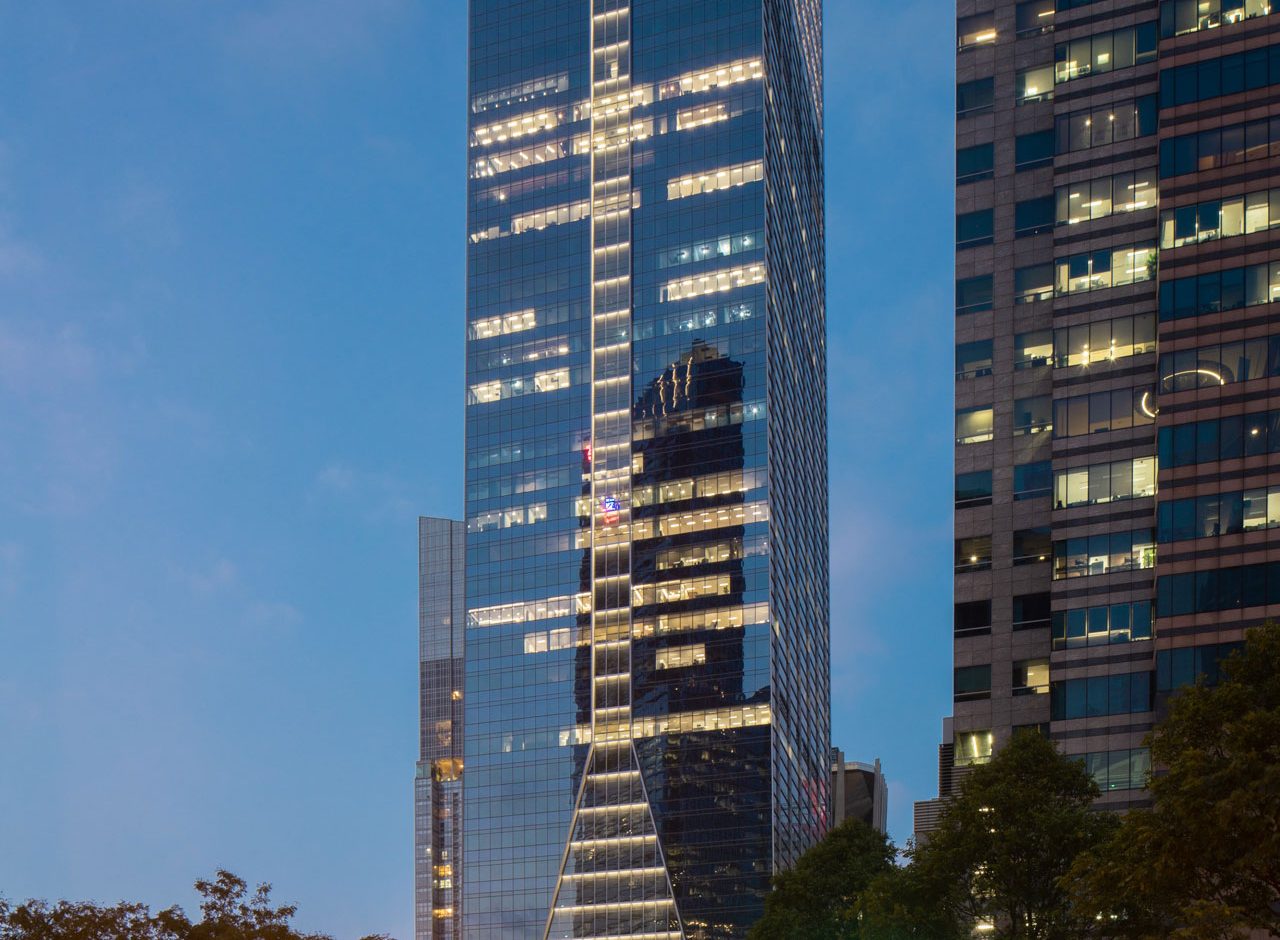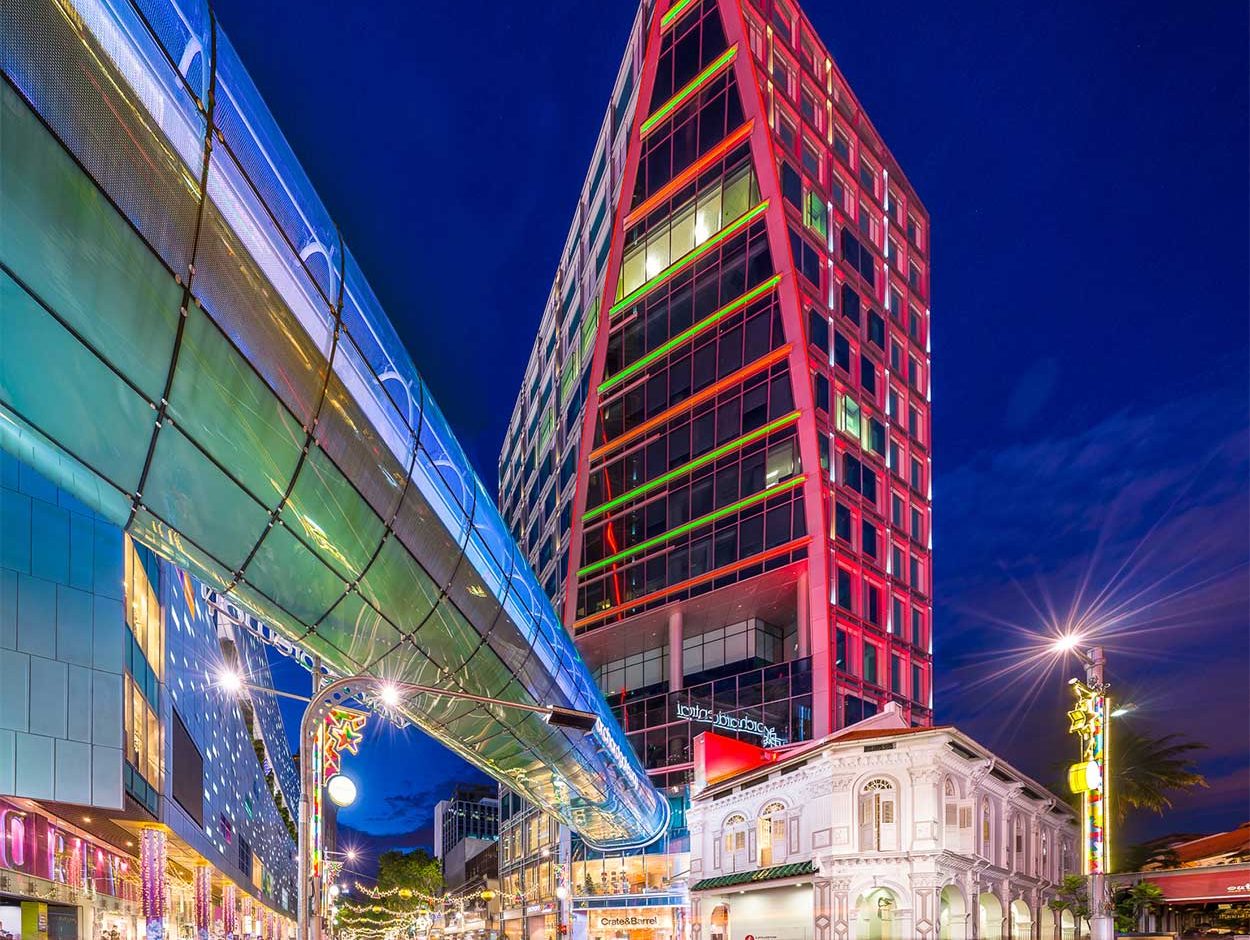
Nestle South Greenfield Project
March 14, 2019
Qatar Green Line Metro
March 13, 2019At a Glance
- LocationAng Mo Kio, Queensway
- CountrySingapore
- ClientSamsung Corporation (Ang Mo Kio Tunnel) & Zublin (Queensway Tunnel)
- ServicesLead Consultancy, Project Management, Technical Advisory
- SectorsUtilities Infrastructure, Waste Management, Water & Wastewate
To meet Singapore’s needs, the Singapore government put in place an S$3.65 billion Deep Tunnel Sewerage System (DTSS). The system was conceived by Singapore’s Public Utilities Board (PUB) as a cost-saving, sustainable solution to meet Singapore’s future needs for used water collection, treatment, reclamation and disposal.
The mammoth project consists of two cross-island tunnels and a network of link sewers that intercept sewage flows from the existing sewer reticulation system to two centralised wastewater treatment plants located at Changi East and Jurong Island reclamation areas. Meinhardt was appointed as project managers for the project in addition to being the principal consultant and technical advisor.
DTSS uses underground deep tunnel sewers to move water based on principles of gravity to water reclamation facilities around Singapore. The water is then treated, purified into potable water or discharged to the sea. The project also ranks high on sustainability as it is designed to recycle water efficiently without polluting the environment.
The DTSS comprises a 7.2 kilometre long and 30 to the 40-metre deep bored tunnel of 4.3-metre internal diameter, including drop shafts, access shafts, work shafts, odour control facilities, 800-metre long lateral connector and other underground wastewater structures.
The Queensway Tunnel comprises a 9.7km long and 30-45m deep bored tunnel of 3.3m internal diameter, including drop shaft, access shafts, work shafts and other underground wastewater structures. The ground material is generally of rock, soil and/or mixed-face conditions.a 9.7km long and 30-45m deep bored tunnel of 3.3m internal diameter, including drop shaft, access shafts, work shafts and other underground wastewater structures. Ground material is generally of rock, soil and/or mixed-face conditions.






